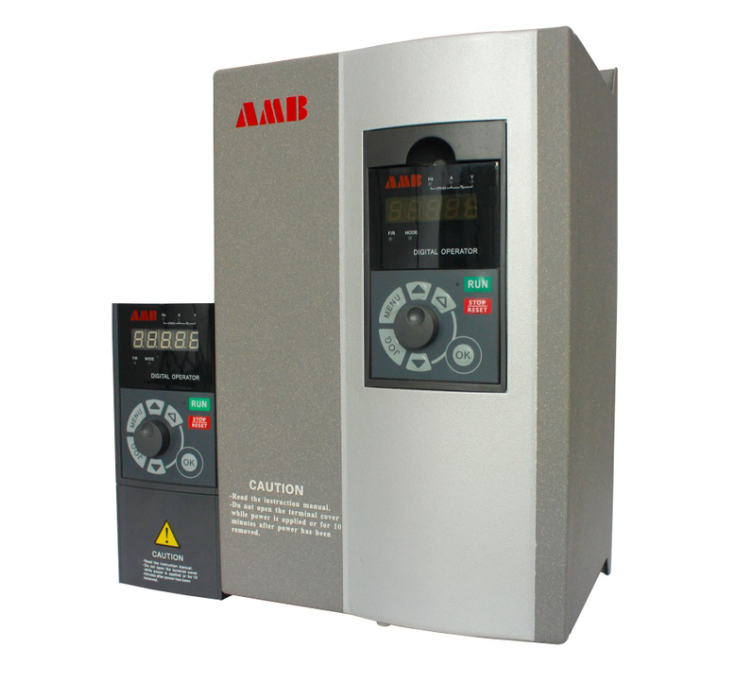
Before the introduction of frequency converters, the bridge crane operator controlled the crane using contactor based controls. For low load cycle cranes, the system is equipped with single or double speed motors. For cranes with higher load cycles, they use so-called wound rotor motors.
Single or double speed motors
On a single speed motor, the operator presses the button and the motor can accelerate as quickly as possible according to the load. Once the button is released, the brake stops and the crane stops. So if your crane is equipped with a motor that runs at 50 feet per minute (foot per minute), then this is the only speed it can work at.
On two speed motors, there are two speeds for the crane to operate in - usually in a 3:1 scale. Therefore, if the crane is equipped with a two speed motor, it can run at 40 FPM or 120 FPM, but there is no other speed option between the two.
These low duty cycle applications can be equipped with a "soft start" technology, also known as a step-down starter. This technology reduces the voltage of the motor, thus reducing the acceleration at start-up and reducing the torque applied to the transmission system of the overhead traveling crane during acceleration. However, this control method generates a lot of heat and is not recommended for high use / high load cycle cranes as it may cause the motor to overheat quickly.
Wound rotor motor control and DC control
Many years ago, process cranes and other high-performance crane systems used an effective but rather complex motor control system called wound rotor control. This includes the winding on the motor rotor, which is then carried to the slip ring and then out to the brush and then to the resistor bank. With this system, you can control the acceleration of the motor by changing the resistance on the motor rotor.
These systems work well, but troubleshooting is difficult due to all the wiring and complexity built into the system. Other high load cycle Cranes use high performance speed or DC control to provide more crane motor control to the operator. These are still popular in today's factories, but they are also an inefficient use of complex design and control.

|
|

|
| The public, | Mobile station |
 0755-81719517
0755-81719517
|
|
 0755-81719530 0755-81719530 |
 [email protected] [email protected] |
 Floor 1, 5 and 6, building 7, lijincheng science and technology industrial park, gongye dong road, longhua new district, shenzhen Floor 1, 5 and 6, building 7, lijincheng science and technology industrial park, gongye dong road, longhua new district, shenzhen |
|